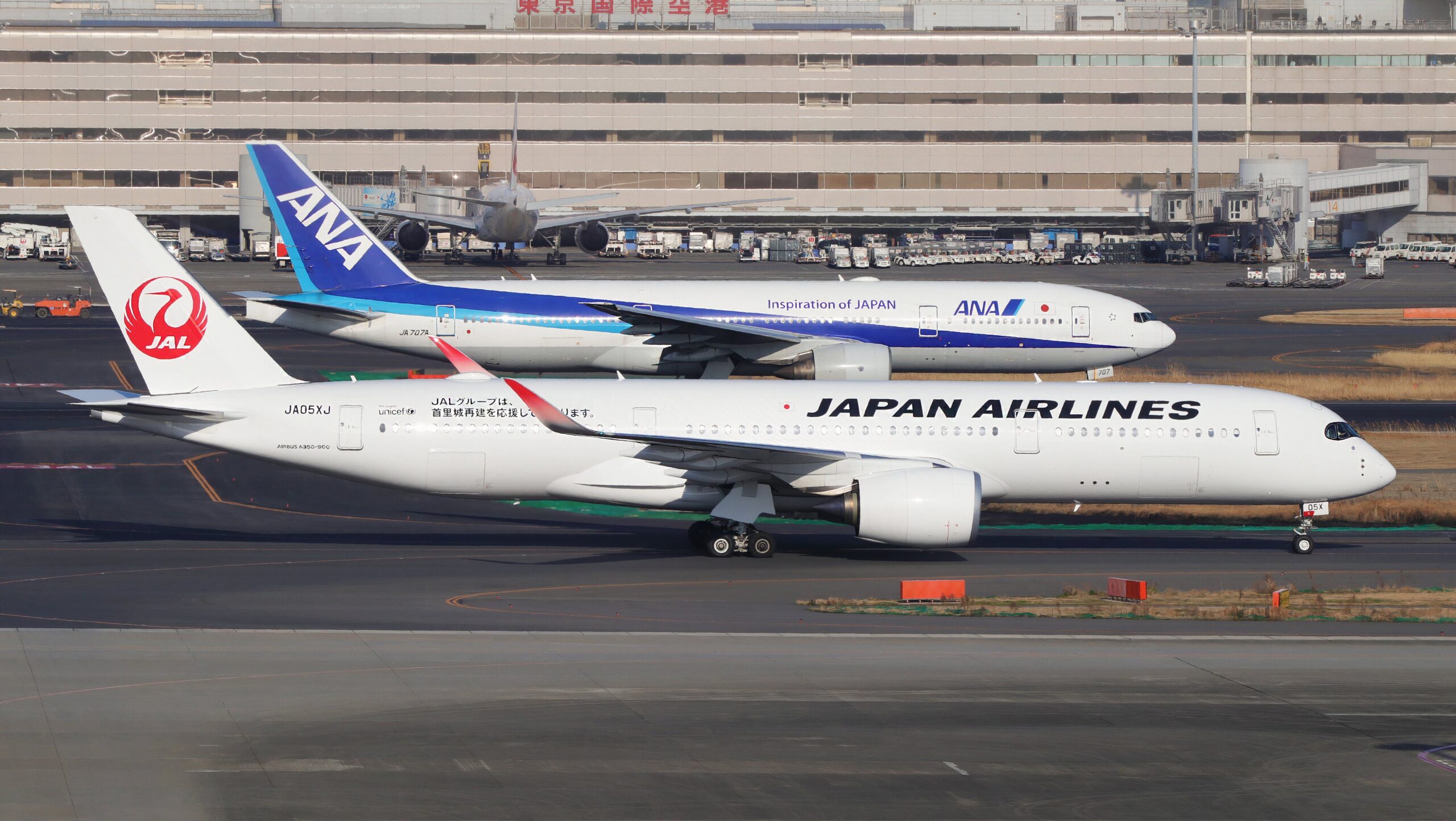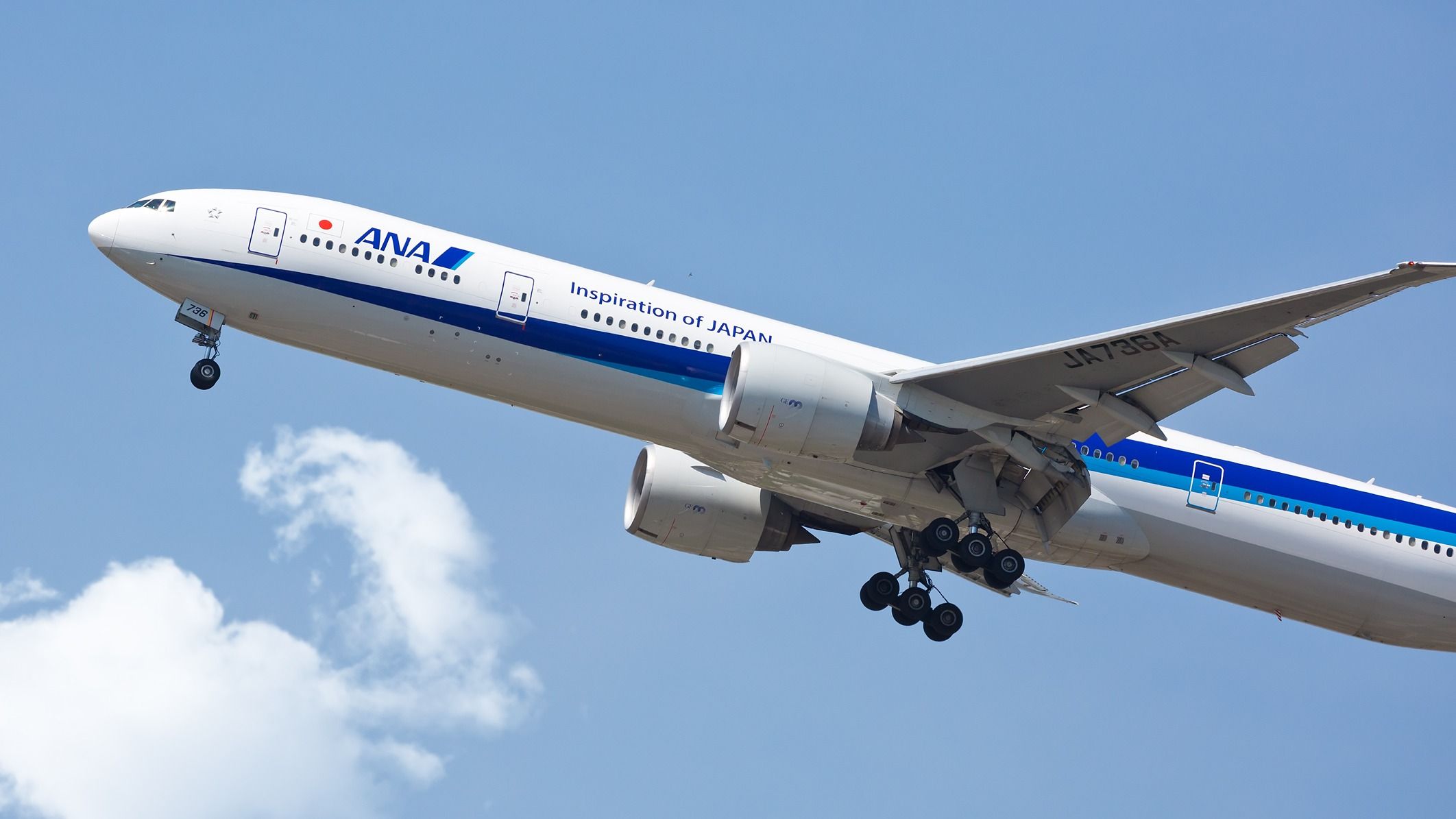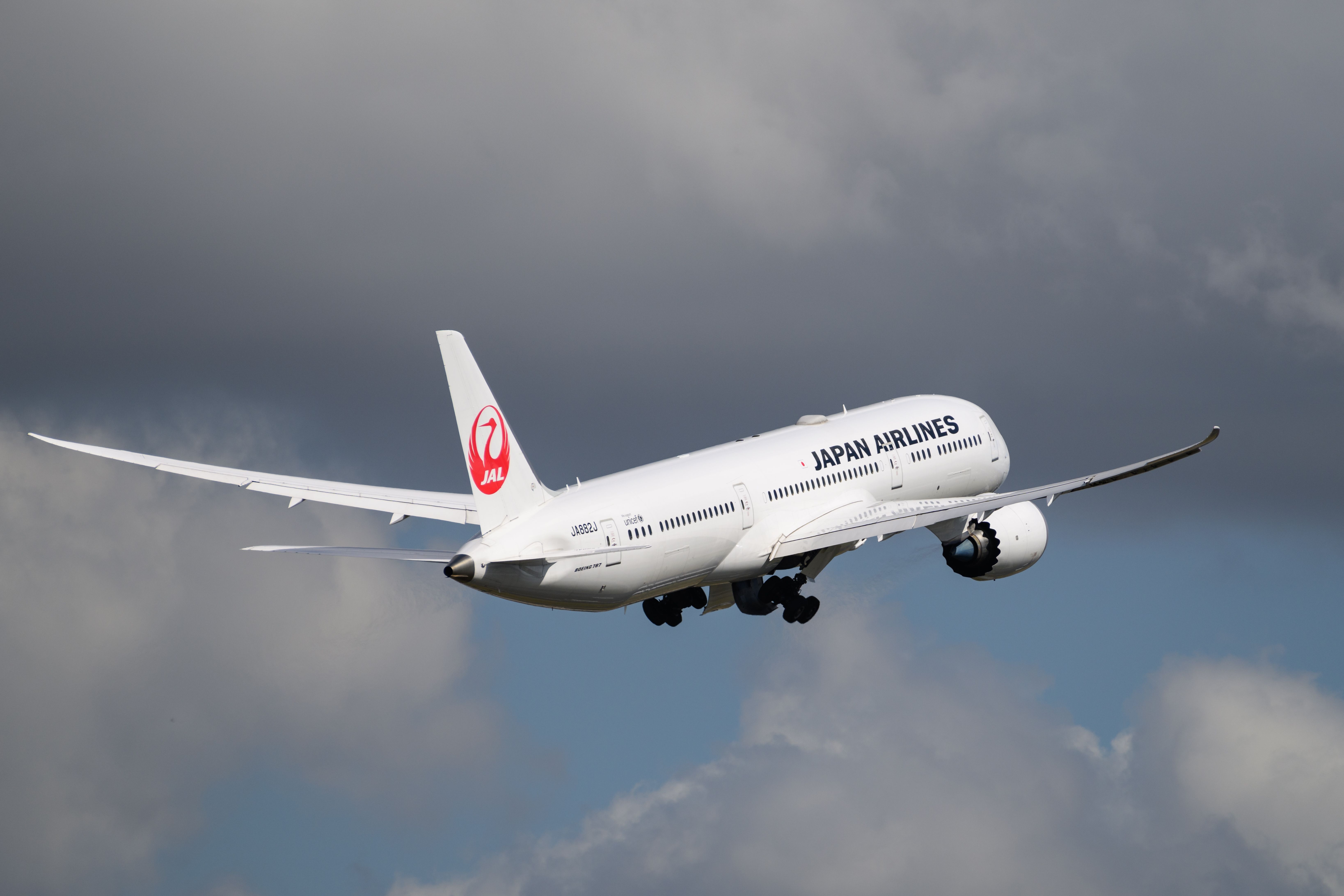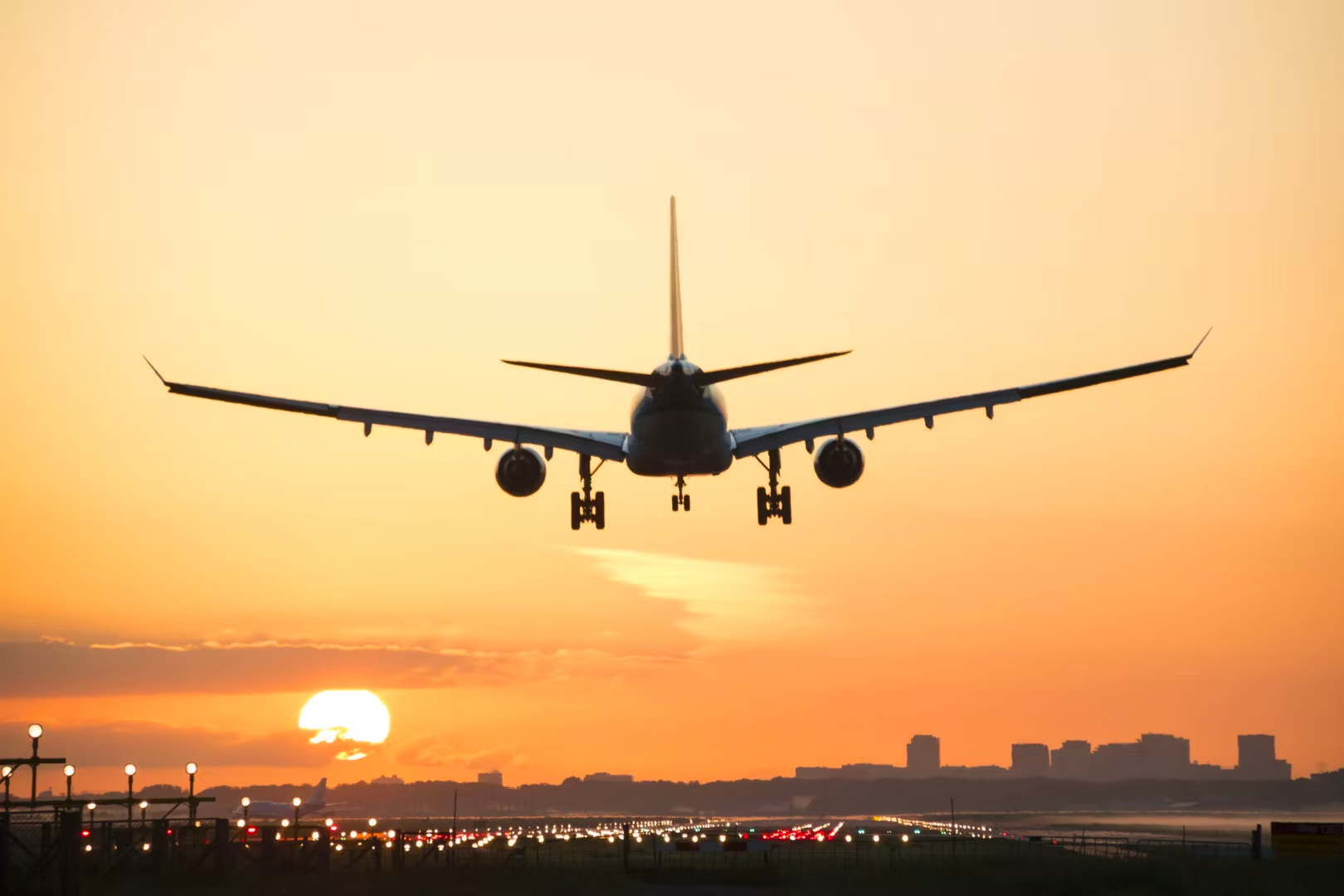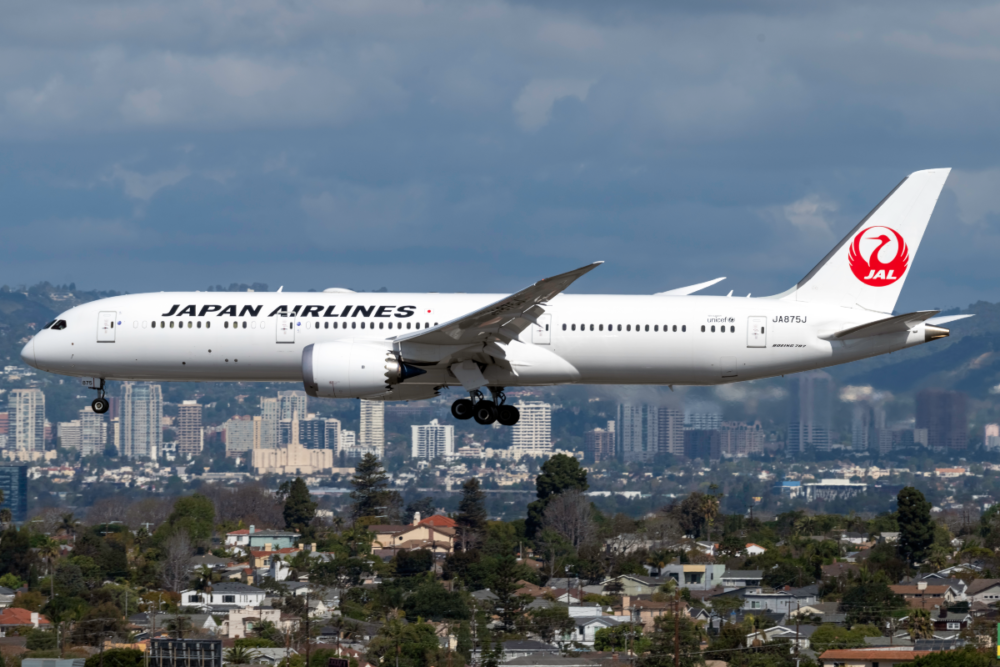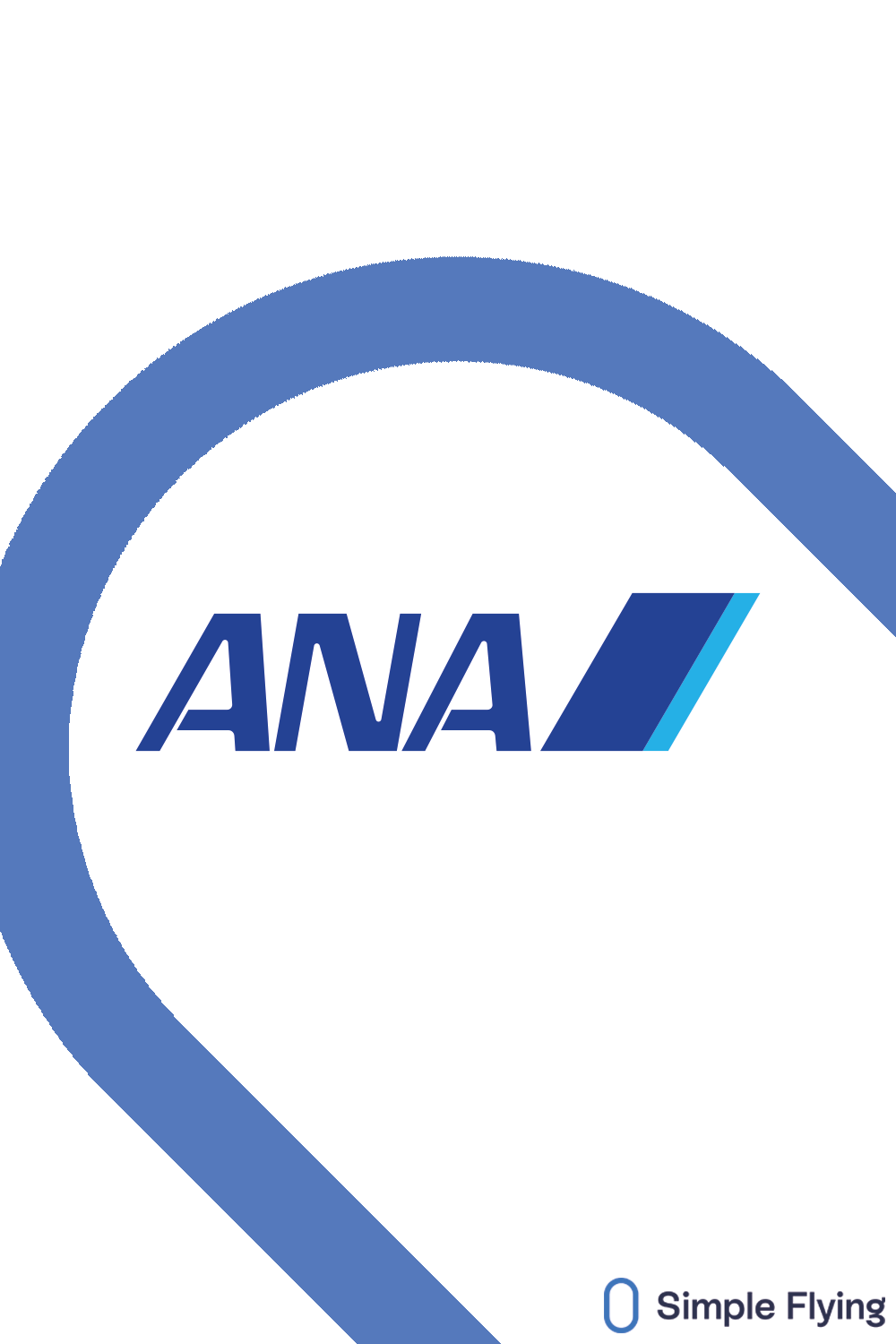Summary
- JAL and ANA issue guidelines to address unruly passenger behavior.
- Both airlines define customer harassment, outlining various actions that harm employees’ working environment.
- The carriers may also refuse service and report passengers to authorities for severe misconduct.
Airlines are often at the receiving end of passenger complaints, but there are times when even airline employees have to tolerate badly behaved passengers. Every airline has its own policies regarding this, and Japan’s two largest carriers have now come up with their own guidelines to deal with passenger misconduct.
JAL and ANA issue guidelines
As skies get turbulent not just from inclement weather but also from unruly passenger behavior, airlines are increasingly taking a stand against such incidents to protect their employees. Japan Airlines (JAL) and All Nippon Airways (ANA) have also outlined what constitutes bad passenger behavior and how they will handle the situation.
ANA’s policies
The ANA Group says that customer harassment could be defined as behavior that takes advantage of a superior position, acts that constitute illegal activities or may lead to such activities, and actions that harm the working environment of employees. The examples it lists include the following:
- Verbal abuse, yelling, insults, discriminatory remarks, defamation, etc.
- Threatening or intimidating behavior.
- Excessive demands.
- Physical violence, property damage, or other aggressive behavior.
- Actions that disrupt business operations (prolonged detention, multiple complaints, etc.).
- Unauthorized access to workspaces
- Deceptive behavior towards employees.
- Actions that damage the company’s or employees’ credibility.
- Acts of voyeurism, stalking, indecent behavior, obscene remarks, or sexual harassment
Photo: Carlos Yudica | Shutterstock
ANA says that if a passenger’s behavior is identified as harassment, the individual will be dealt with politely at first. However, if the situation is not controlled, the airline may refuse service to the passenger and even report the person to the authorities.
JAL’s policies
Japan Airline’s policies are also similar to those of ANA, and it considers harassment as any words or deeds that take advantage of a superior position, any actions that constitute or may lead to acts that impede flight safety, among others, and any actions that harm the working environment of employees. It also lists some examples that include:
- Abusive language, aggressive tone, insults, discrimination, slander, etc
- Any words or deeds that threaten the staff
- Excessive or unreasonable demands
- Assault
- Deeds that disrupt our business operations (prolonged detention, excessive repetition of requests or complaints, etc.)
- Unpermitted entry to its workplace
- Deeds that deceive employees
- Slander against the company or employees on social media and the internet
- Sexual harassment
Photo: A Periam Photography | Shutterstock
The airline also outlines various measures to handle such a situation, including approaching the police and lawyers if it comes to that.
Tricky passengers
In the last few years, there have been several cases of unruly passenger behavior on airplanes across the world. These range from verbal abuse and physical assault to even approaching the cockpit door.
Photo: Nieuwland Photography | Shutterstock
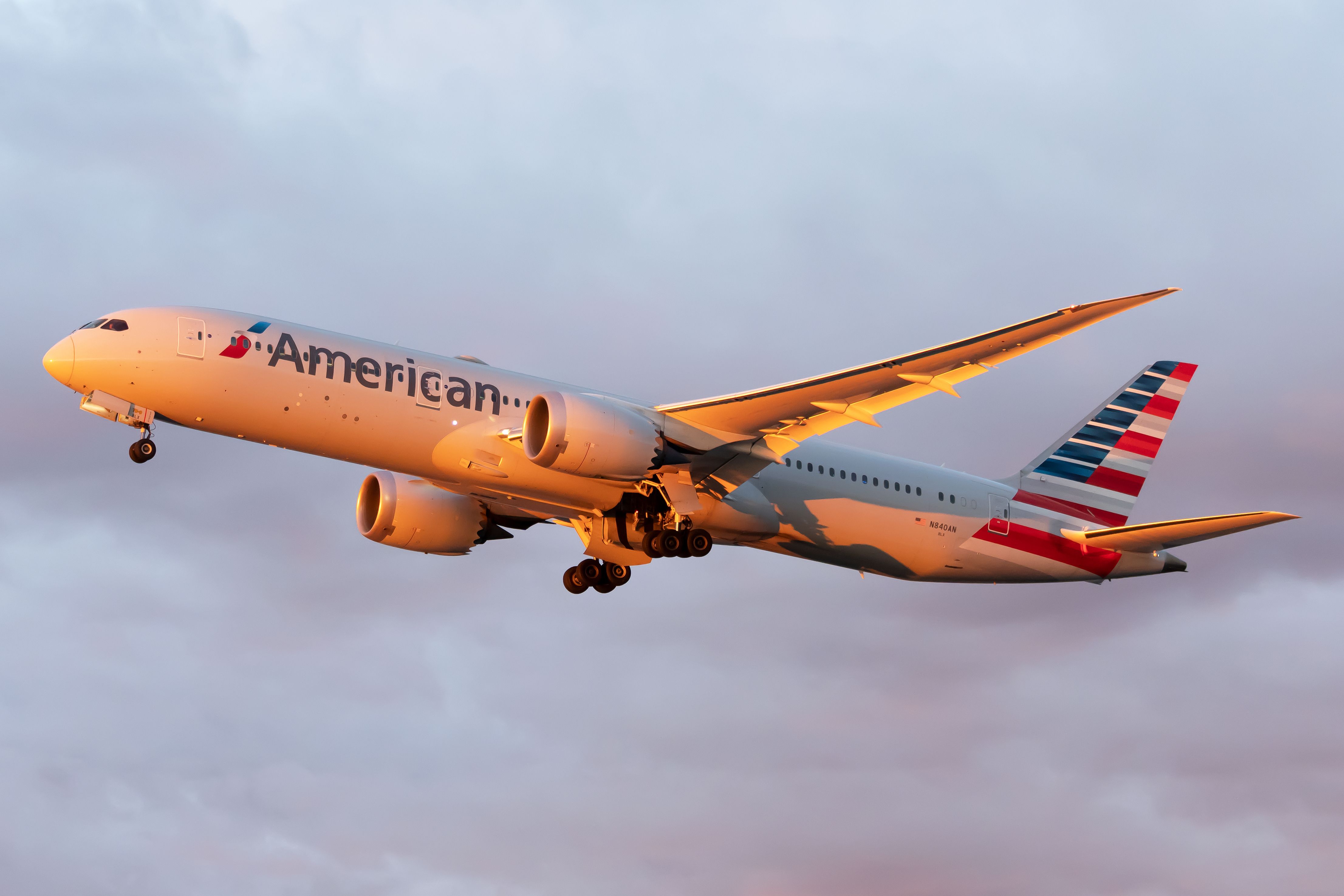
Related
Duct-Taped American Airlines Passenger Faces Record Fine
The incident took place three years ago, with the passenger receiving a fine of over $80,000.
The Federal Aviation Administration (FAA) has zero tolerance for such incidents and has even come up with a toolkit that includes airport signage to warn against such actions as well as public service announcements such as social media posts and videos. The FAA states,
“Dangerous passengers put everyone at risk. Threatening or violent behavior can distract and disrupt crewmembers from their primary responsibility – to ensure the safety of all passengers. If you disrupt a flight, you risk not only substantial fines from the FAA, but also federal criminal prosecution and jail time.”

